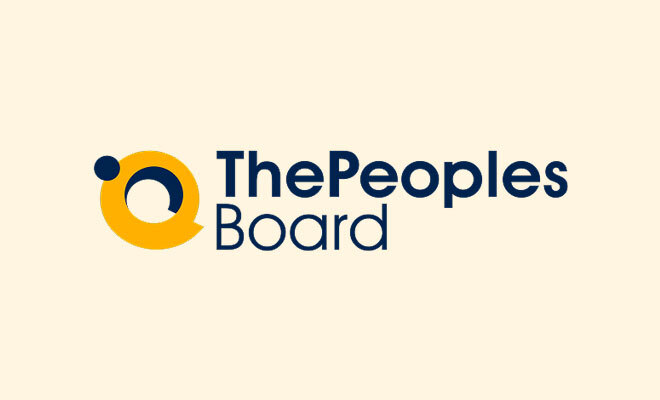The Strategic-Thinking Interview is meant to assess the candidate’s thinking process. The questions evaluate how the candidate develops effective creative strategies to meet the intended goal.
The examples listed below focus on specific skills to be evaluated. They can be changed based on the responses and how you want to assess the candidates.
Question 1: Tell me about a time you had to plan for a long-term goal. How did you ensure the plan’s success?
To Assess: Goal setting and vision alignment.
Sample Answer: “In my previous role, we aimed to double market share in three years. I developed a phased plan that included market research, product diversification, and regional expansion. Regular progress reviews and adjustments helped us achieve a 60% market growth in two years.”
Question 2: How do you align your department’s objectives with the company’s overall strategy?
To Assess: Alignment with organizational goals.
Sample Answer: “In one instance, our company focused on digital transformation. I aligned my team’s efforts by implementing automation tools, upskilling employees, and revising workflows. This contributed to a 30% reduction in operational costs and enhanced our digital capabilities.”
Question 3: Describe a situation where you identified a market trend and used it to create an opportunity for your company.
To Assess: Market awareness and foresight.
Sample Answer: “I noticed a growing trend in eco-friendly packaging. By proposing a sustainable product line, we entered the market early, gaining a competitive edge and increasing sales by 20% in a year.”
Question 4: How do you prioritize initiatives when you have limited resources?
To Assess: Resource allocation and prioritization.
Sample Answer: “In a budget-constrained year, I prioritized high-ROI projects by assessing impact and feasibility. For example, I paused a secondary marketing campaign to focus on a product launch that drove a 40% increase in revenue.”
Question 5: Can you share an example of how you handled a competitive threat?
To Assess: Competitive analysis and proactive strategy.
Sample Answer: “When a competitor launched a similar product at a lower price, I proposed bundling additional services to differentiate ours. This added value justified our pricing and retained customer loyalty, boosting our renewal rates by 15%.”
Question 6: Tell me about a time you took a calculated risk. How did it pay off?
To Assess: Risk assessment and strategic decision-making.
Sample Answer: “We invested in a new technology that had a steep learning curve but promised long-term benefits. Despite initial resistance, we provided training and saw a 25% improvement in efficiency within six months, recouping our investment faster than expected.”
Question 7: Describe a time you had to align multiple stakeholders to implement a strategic initiative.
To Assess: Collaboration and influence.
Sample Answer: “For a major system overhaul, I engaged stakeholders early, clearly communicating benefits and addressing concerns. Through consistent updates and involvement, we achieved consensus, and the project was implemented ahead of schedule with 100% adoption.”
Question 8: How do you measure the success of a strategic initiative?
To Assess: Results-oriented approach and metrics.
Sample Answer: “For a customer retention strategy, I set clear KPIs like renewal rates, customer satisfaction scores, and upselling revenue. Regular monitoring and fine-tuning led to a 25% improvement in retention within a year.”
Question 9: Can you provide an example of when you introduced an innovative strategy that benefited your organization?
To Assess: Creativity and forward-thinking.
Sample Answer: “I proposed transitioning our subscription model to a freemium model, which attracted more users. While the paid subscriber rate initially decreased, the freemium model doubled our user base, leading to increased ad revenue and cross-selling opportunities.”
Question 10: Tell me about a time when a strategy you implemented didn’t go as planned. How did you recover?
To Assess: Adaptability and resilience.
Sample Answer: “A digital marketing campaign underperformed due to incorrect audience targeting. I quickly analyzed the data, adjusted the messaging, and reallocated the budget to more effective channels. The revised strategy led to a 15% higher engagement rate within a month.”




